For years, SEO content audits have been the backbone of search performance — helping websites clean up messy pages, fix weak links, and fine-tune keywords. But in 2025, the rules have changed. We're no longer optimizing just for Google's crawlers. We're optimizing for large language models (LLMs), AI-powered search results, and the way people discover content through conversational tools like ChatGPT and Gemini.
That means our traditional content audit playbook — built around keywords and page titles — is due for a serious upgrade.
Let's explore what a modern, performance-driven, LLM-aware content audit looks like — and how it can help you focus on what actually drives impact.
Why the Old Content Audit Model Falls Short
A few years ago, content audits typically fell into two camps:
Both have value, but neither helps you understand your content's purpose or performance in the era of AI search.
The truth is, AI systems (like ChatGPT, Gemini, and Perplexity) are beginning to shape how users find and consume information. They care less about your keyword density — and more about the clarity, accuracy, and authority of your content.
So if your old content audit isn't built to measure that, it's time to rethink your approach.
The New Framework: Performance-Driven, LLM-Aware, and Action-Oriented
A modern SEO content audit focuses less on what's wrong and more on what matters. Here's how to do it right.
1. Define the Purpose
Start by asking the simplest (and most overlooked) question: Why are we doing this audit?
Clarity of purpose determines your audit's scope and success metrics. Whether "good" means higher authority, better user engagement, or stronger visibility in LLM-generated summaries, you need to define what success looks like upfront.
2. Segment Content by Type and Funnel Stage
Not all content serves the same role — and lumping it all together makes your audit meaningless.
Group your pages by type (blog posts, product pages, guides, whitepapers, etc.) and by funnel stage (awareness, consideration, conversion).
By doing this, you'll uncover which content actually supports your business journey — and which is simply adding noise.
3. Score Each Page by the 3Ps: Purpose, Performance, and Potential
To keep your audit actionable, score each page using a simple 1–3 system across three dimensions:
Purpose:
- Does the content align with your brand's positioning and goals?
- Is it still relevant to your audience?
Performance:
- How well does it perform in traffic, engagement, and conversions?
- Does it attract backlinks, citations, or mentions in LLM-generated answers?
Potential:
- Can it be refreshed, repurposed, or better optimized for AI search?
- Could it be reformatted into new media (videos, infographics, etc.) for broader reach?
Combining these three gives you a clear priority matrix — what to keep, what to fix, and what to retire.
4. Decide What Stays, What Goes, and What Gets Merged
Now that you've scored everything, it's time to act.
Remember, AI prefers freshness. Regularly updated content tends to appear more often in AI-generated results and answer summaries.
5. Optimize for Both Search Engines and LLMs
This is where modern SEO truly diverges from traditional.
For Search Engines:
Start with intent. Understand what your users want to accomplish, not just what they type. Use structured data, topical depth, and internal linking to strengthen relevance.
For LLMs:
Focus on clarity and authority.
LLMs pull content that provides concise, accurate answers. That means:
When both algorithms and AI models recognize your content as a credible source, your visibility increases across multiple platforms — not just Google.
6. Build a Prioritized Action Plan
Once you've completed the audit, don't stop at insights — turn them into a real plan.
Rank your action items by effort versus impact, then break them into achievable sprints.
Some updates might take an hour (refreshing metadata), while others might need collaboration (rewriting cornerstone pages).
The key is to keep momentum. A good audit isn't a one-off project — it's an evolving process that you revisit every quarter or two.
7. Track Business Metrics — Not Just Rankings
In the AI-driven SEO world, rankings are just one piece of the puzzle.
Start measuring metrics that truly connect content to growth, such as:
By linking your audit results to business outcomes, you can prove the ROI of content updates — something every marketing leader wants to see.
The Bottom Line
Content audits aren't dead — they're evolving.
Instead of obsessing over keywords or outdated SEO checklists, focus on purpose, performance, and potential. When you align your content with these three principles, you not only improve search visibility but also increase your chances of being cited and referenced by AI models that shape modern discovery.
In today's landscape, visibility isn't just about ranking higher. It's about being understood, trusted, and surfaced — by both humans and machines.


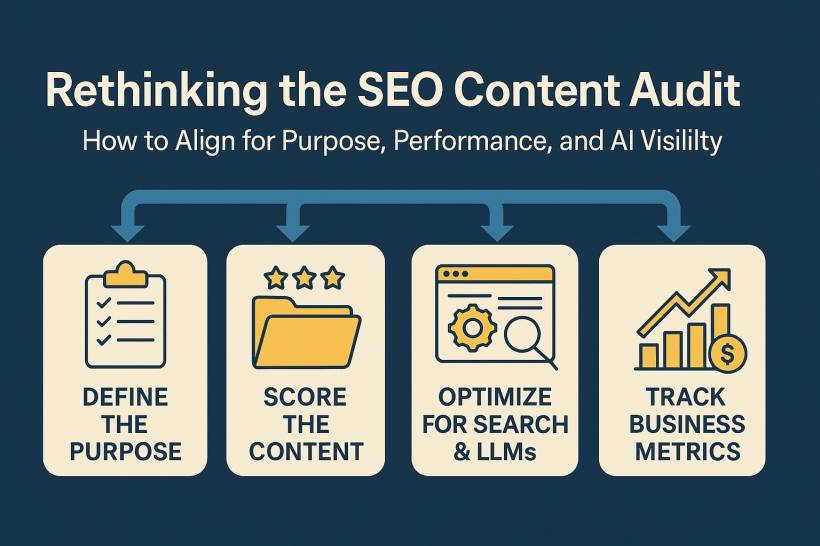

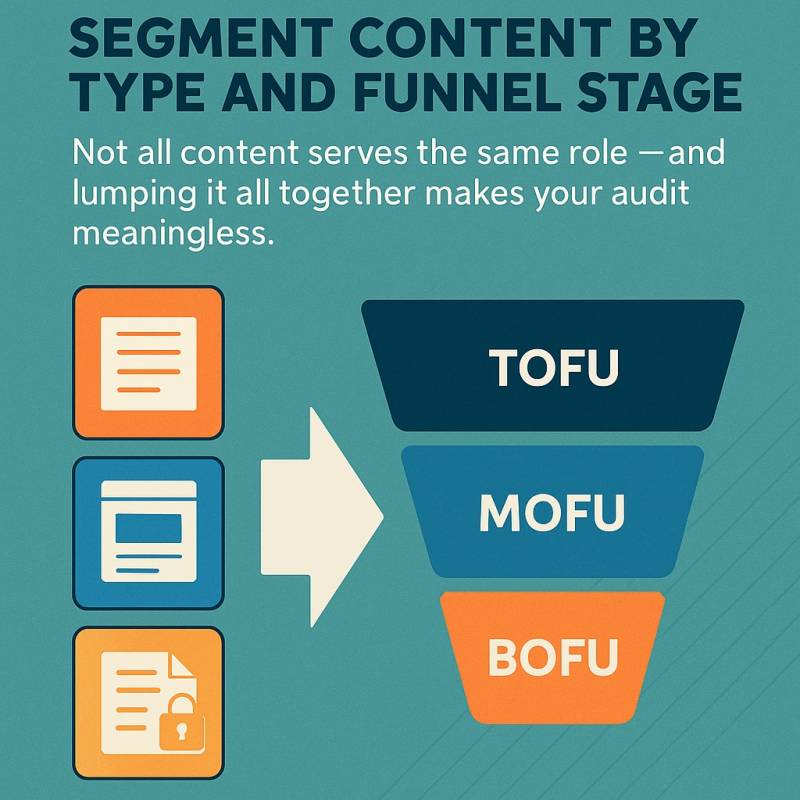
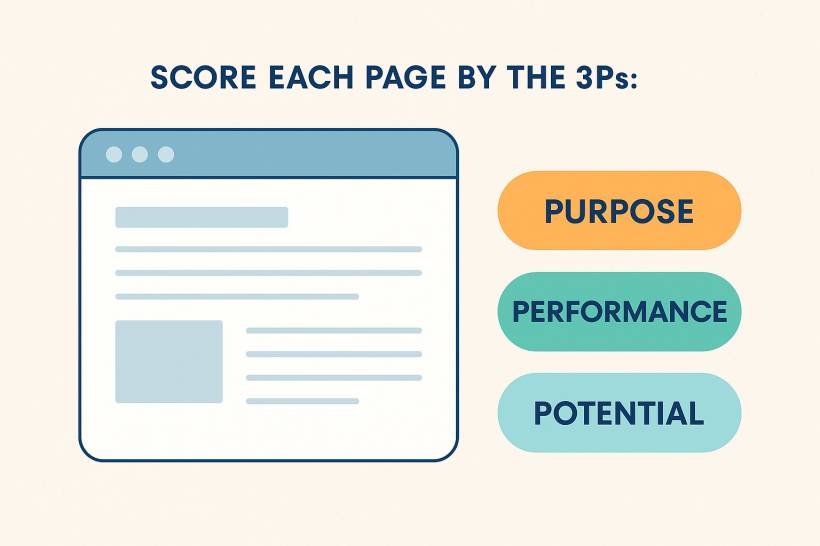
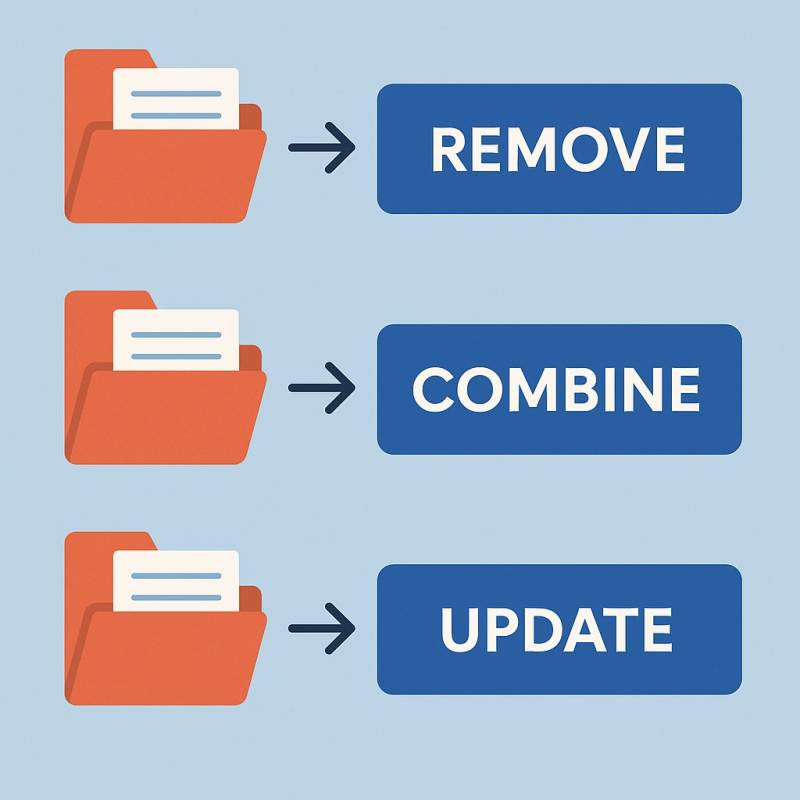
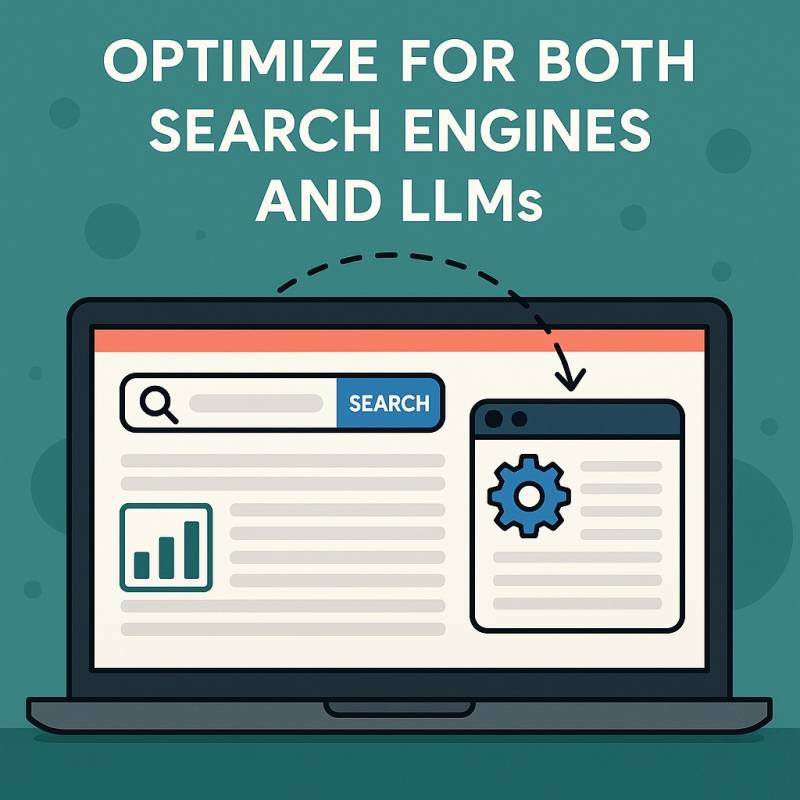


Comments